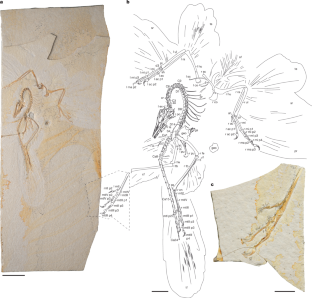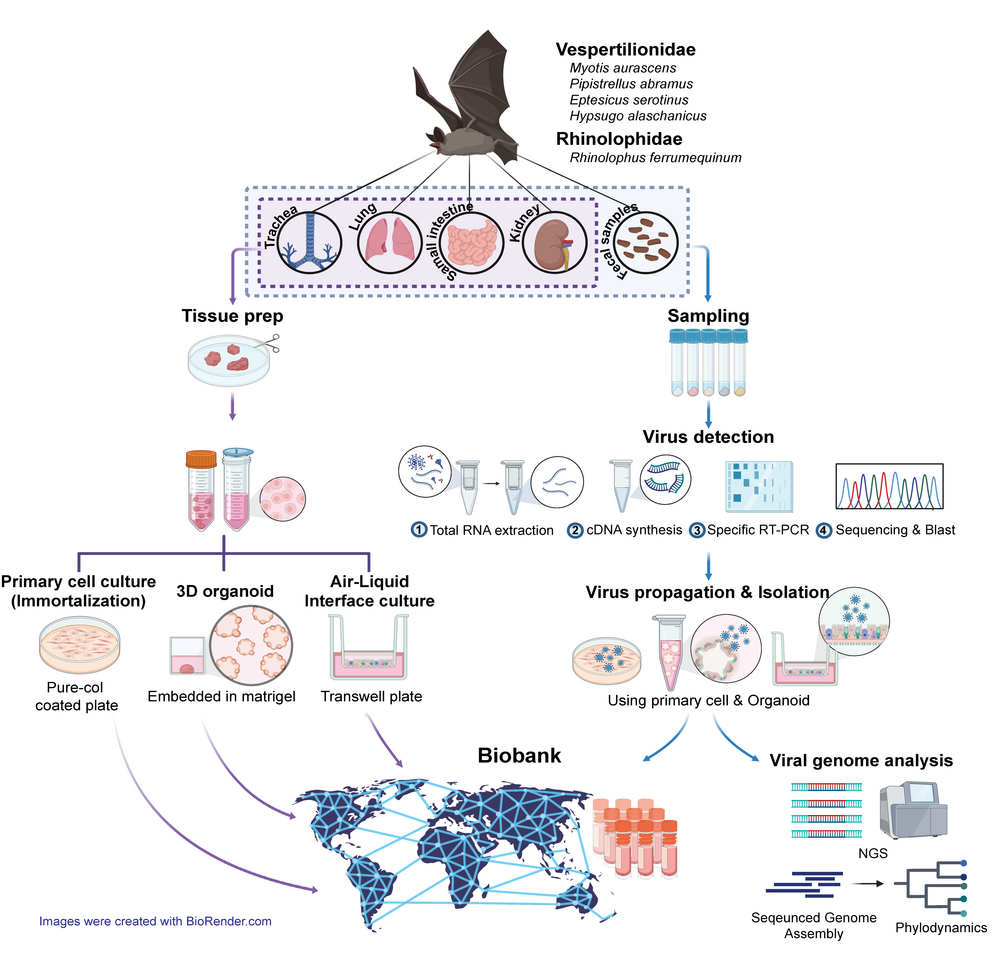2025-05-15 中国科学院(CAS)
<関連情報>
- https://english.cas.cn/newsroom/research_news/life/202505/t20250515_1043717.shtml
- https://www.nature.com/articles/s41586-025-08912-4
シカゴの始祖鳥から鳥類バウプランの初期進化がわかる Chicago Archaeopteryx informs on the early evolution of the avian bauplan
Jingmai O’Connor,Alexander Clark,Pei-Chen Kuo,Yosef Kiat,Matteo Fabbri,Akiko Shinya,Constance Van Beek,Jing Lu,Min Wang & Han Hu
Nature Published:14 May 2025
DOI:https://doi.org/10.1038/s41586-025-08912-4

Abstract
Here we report on the nearly complete and uncrushed 14th specimen of Archaeopteryx. Exceptional preservation and preparation guided by micro-computed tomographic data make this one of the best exemplars of this iconic taxon, preserving important data regarding skeletal transformation and plumage evolution in relation to the acquisition of flight during early avian evolution. The ventrolaterally exposed skull reveals a palatal morphology intermediate between troodontids1 and crownward Cretaceous birds2,3. Modifications of the skull reflect the shift towards a less rigid cranial architecture in archaeopterygids from non-avian theropods. The complete vertebral column reveals paired proatlases and a tail longer than previously recognized. Skin traces on the right major digit of the hand suggest that the minor digit was free and mobile distally, contrary to previous interpretations4. The morphology of the foot pads indicates that they were adapted for non-raptorial terrestrial locomotion. Specialized inner secondary feathers called tertials5,6 are observed on both wings. Humeral tertials are absent in non-avian dinosaurs closely related to birds, suggesting that these feathers evolved for flight, creating a continuous aerodynamic surface. These new findings clarify the mosaic of traits present in Archaeopteryx, refine ecological predictions and elucidate the unique evolutionary history of the Archaeopterygidae, providing clues regarding the ancestral avian condition.


